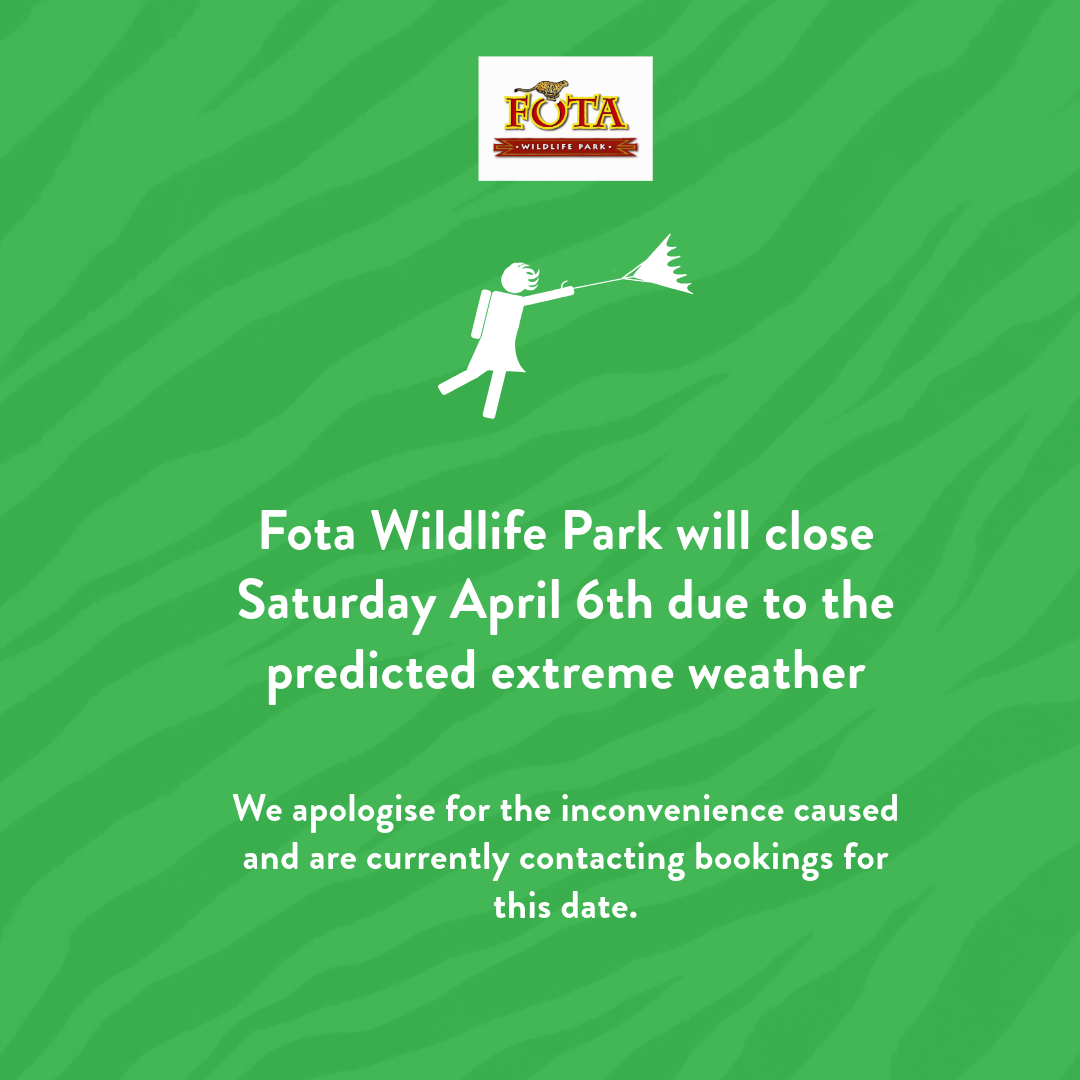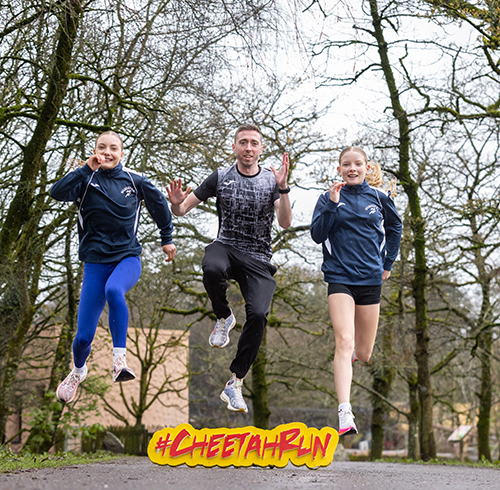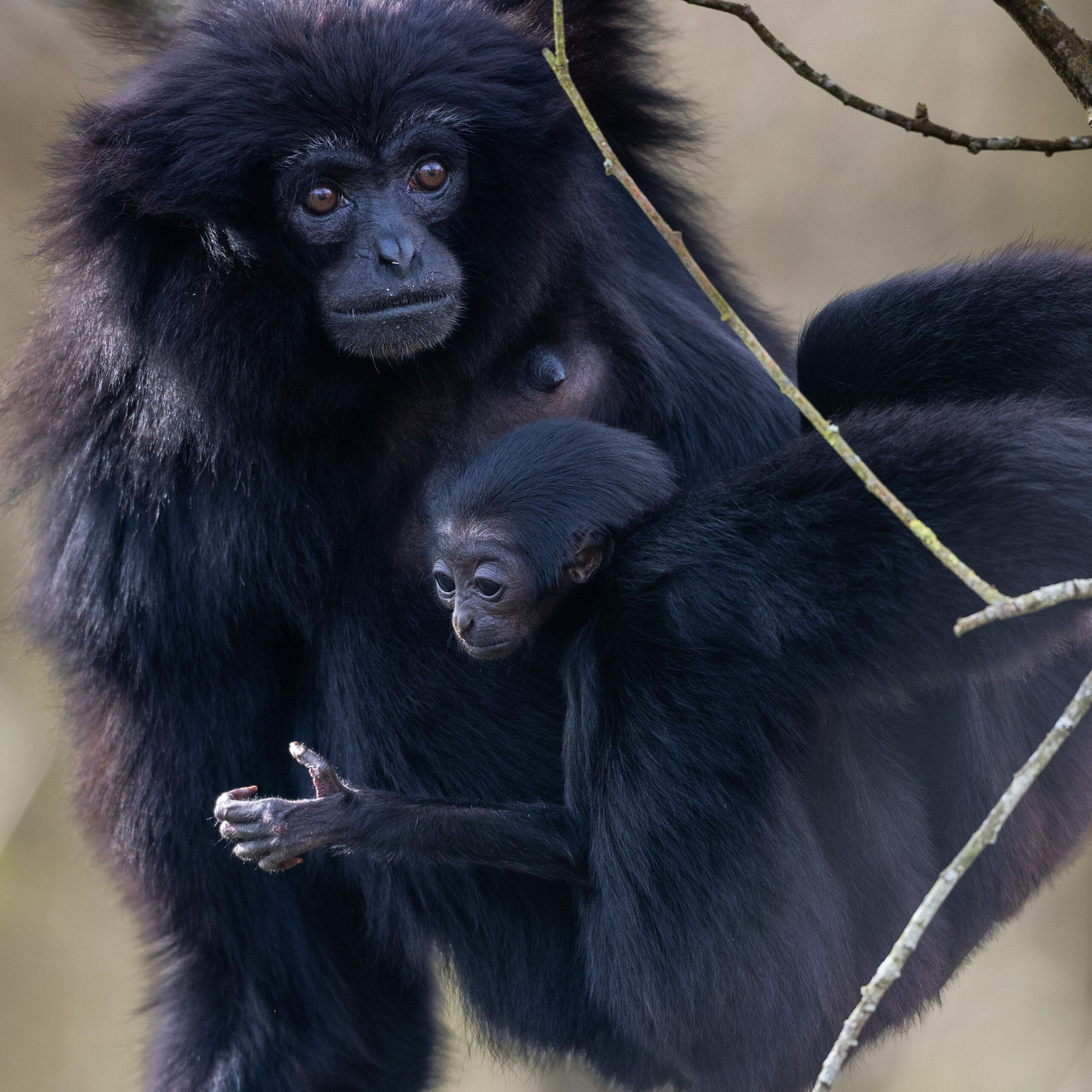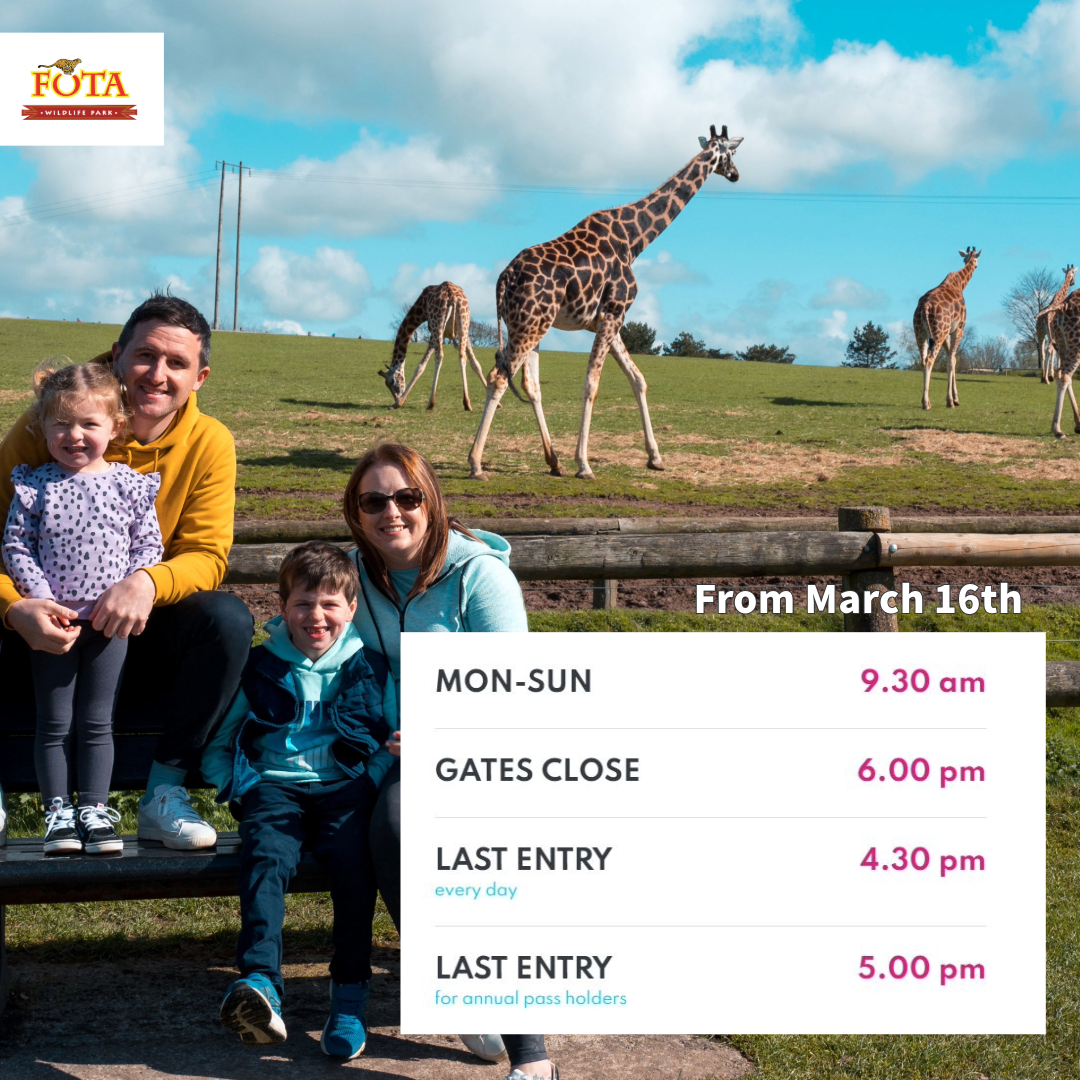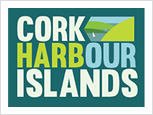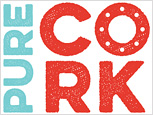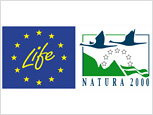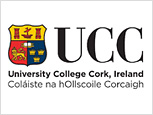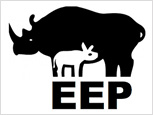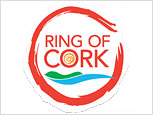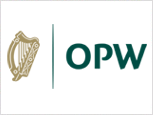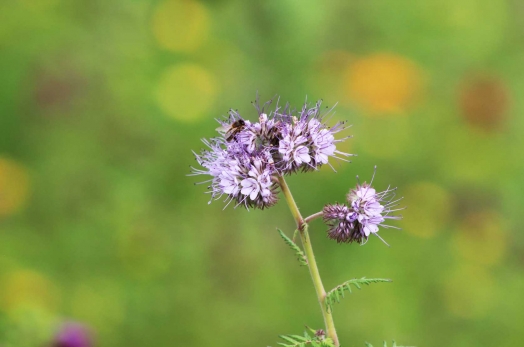
Pollinators, especially bees, contribute at least €53 million to the Irish economy each year through their role in the production of crops like apples, strawberries, oil seed rape and much more. Healthy pollinators are also required to produce many of the fruits and vegetables grown in gardens across the country. Also, pollinators ensure that the countryside is full of colourful wildflowers that create the beautiful and unique Irish Landscape.
Unfortunately, pollinators are in decline worldwide, and Ireland is no exception. Nearly one third of Ireland’s bee species are threatened with extinction.
Sixty-eight governmental and non-governmental organisations agreed a shared plan that identifies 81 actions to make Ireland pollinator friendly between now and 2020. Implementation of the All-Ireland Pollinator Plan 2015-2020 (objectives below) is coordinated by the National Biodiversity Data Centre and funded by The Heritage Council and Bord Bia:
- Making Ireland pollinator friendly (farmland, public land, and private land)
- Raising awareness of pollinators and how to protect them
- Managed pollinators – supporting beekeepers and growers
- Expanding our knowledge on pollinators and pollination service
- Collecting evidence to track change and measure success
The plan provides an important framework to bring together pollinator initiatives from the North and South and is the start of a process by which we can collectively take positive steps to protect our pollinators and the service they provide into the future. It is a shared plan of action. By working together, we can reverse pollinator losses and help restore populations to healthy levels.
Additional information available on www.biodiversityireland.ie
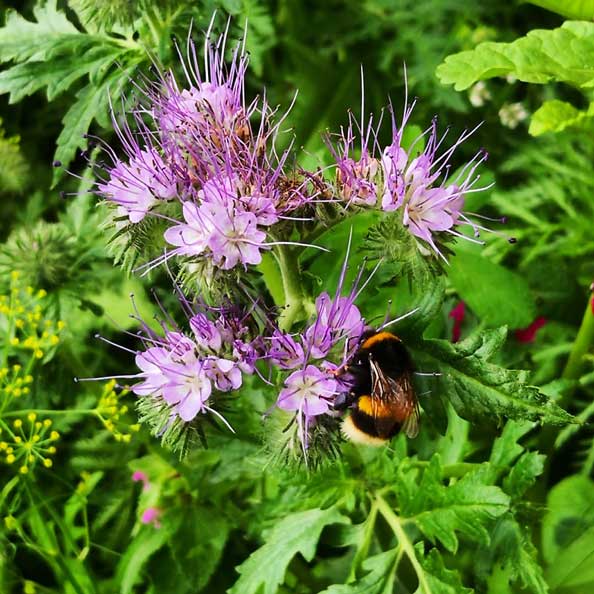
What can you do?
If you wish to help provide food for your local bees, why not create a wildflower strip in your garden where you let dandelions, clover, and birds-foot-trefoil flower. Or instead of planting daffodils and tulips, why not choose crocuses, snowdrops, and other pollinator-friendly plants? For more tips and a list of pollinator-friendly plants see www.pollinators.ie
Here at Fota Wildlife Park, we are trying to increase the number of pollinators in the park by adding more dedicated areas for wildflowers. These areas are signposted, and we ask all our visitors to help us maintain these pollinator-friendly flowers and not pick the flowers while visiting the park.
If you are looking for an easy way to get involved and help Ireland’s pollinators you can grow your own wildflowers.
Huge swathes of wildflower habitat have been lost over the last 100 years. Like humans, pollinators need two main things in order to survive, food and a safe place to live. Bees feed on nectar and pollen from flowers, and nest in areas like long grass, hedgerows, earth banks or stone walls. It has been estimated that in order to rear her young a bumblebee queen needs to visit over 6000 flowers a day. Finding this number of flowers in a typical Irish garden, school or town can often be a struggle, especially in early spring. You can help by creating your own wildflower space.
Coming into autumn is a great time to plant for next spring! Our giftshop is now stocking Beebombs, which are a handy product for beginners as they need no gardening skill and can be scattered straight onto open ground at any time of the year. Beebombs are handmade seedballs, made from native Wildflower seeds, local clay and sifted compost.
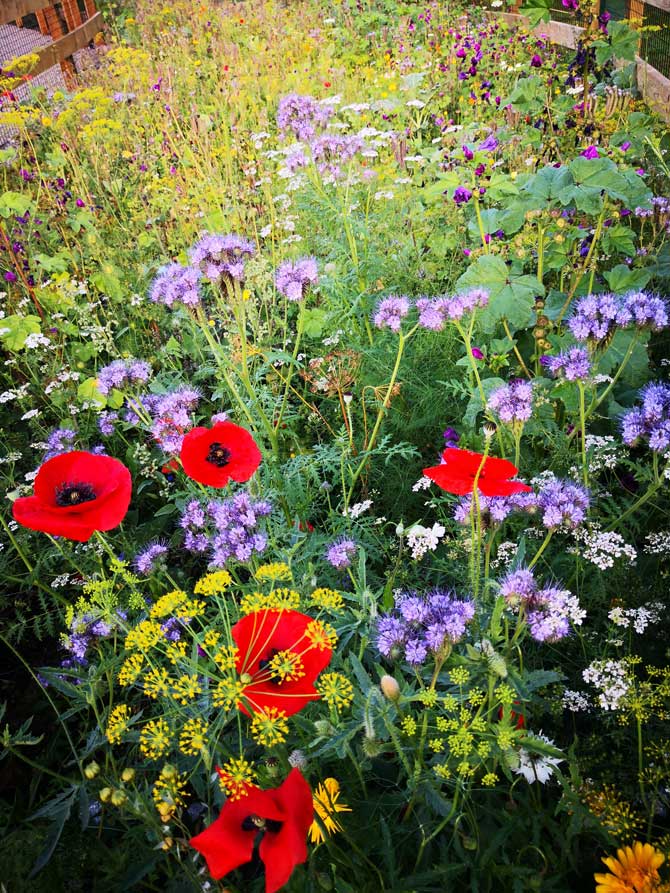
The bombs can be scattered on cleared ground, you don’t need to water or tend your Beebombs, wildflowers are hardy and adaptable but slow growers but can be out-competed by faster growing grasses and perennial weeds at the critical early stages, so straight onto soil is best if possible. The soil will help your Beebombs germinate and the clay will protect them as they dissipate. Lots of sun and rain is of course important, as is time.
The beebombs are also suitable for pots and planters, just stick to a couple of basic rules. Wildflowers prefer low nutrient soils, so use soil that as low in nutrients as possible. Don’t dig them in and make sure they get plenty of water and sun.
The Beebomb Seedmix
- All are native and historically native to Ireland. They are all vital to a range of pollinators and have been living symbiotically with our native pollinator species for 1000s of years. They are a mix of annuals and perennials with a mix of colours too.
- Yarrow
- Common Knapweed
- Wild Carrot
- Lady’s Bedstraw
- Rough Hawkbit
- Oxeye Daisy
- Ribwort Plantain
- Cowslip
- Self-Heal
- Corn Marigold
- Yellow Rattle
- Common Sorrel
- Salad Burnet
- White Campion
- Red Campion
- Common Poppy
- Cornflower
- Corn Chamomile
Bee Bombs can be scattered throughout the year, the clay protects them until they are ready to germinate. There are diverse opinions on this around the world and many say spring and autumn are particularly good times to start them growing. Around 20% will start flowering in the first year. Biennials and Perennials in the mix will start blossoming in the 2nd year.
LATEST NEWS
Update – April 6th Fota Wildlife Park Closed Due to Expected Weather
Fota Wildlife Park will close Saturday, April 6th, 2024 due...
Star Athletes Ryan Creech and Freya and Nellie Bateman launch the 2024 Cheetah Run
Star runner, Ryan Creech of Leevale Athletic Club (AC) and...
New Addition to the Fota Wildlife Park Family: Agile Gibbon Welcomed to the World
New Addition to the Fota Wildlife Park Family: Agile Gibbon...
2024 Summer Opening Hours – From March 16th
March 16th 2024 until October 2024 – SEE CURRENT TIMES...
